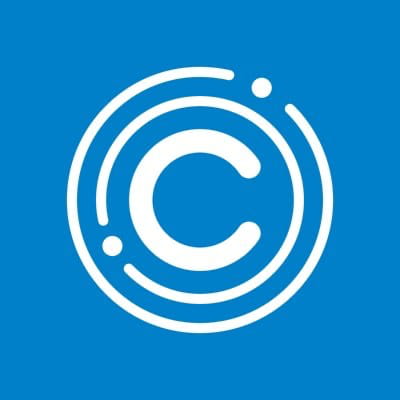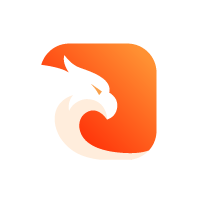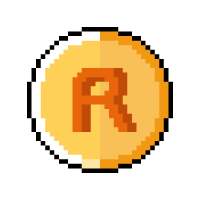
Bounce Tokenの価格AUCTION
AUCTIONからJPYへの交換
本日のBounce Tokenの現在価格(JPY)
Bounce Tokenの価格は今日上がると思いますか、下がると思いますか?
Bounce Tokenの市場情報
Bounce Token (AUCTION)について
Bounce Token(バウンストークン)は、分散型取引プラットフォームで使用される仮想通貨です。この通貨は、新しいICO(Initial Coin Offering)プロジェクトのトークンセールを行う上で重要な役割を果たします。 Bounce Tokenは、トークンセールにおけるトークン価値の管理や取引の円滑化に貢献します。この通貨は、プロジェクトのトークンセールが実施される際に使用され、ユーザーに対して特典や特典を提供します。 Bounce Tokenの最大の特徴は、その分散化と透明性にあります。 ブロックチェーン技術を使用しており、すべての取引が公開され、改ざんされることがありません。これにより、信頼性とセキュリティが確保され、ユーザーは安心して取引を行うことができます。 さらに、Bounce Tokenはプラットフォームのトークンホルダーに対して報酬を提供します。トークンホルダーは、トークンを保有することでプラットフォームの成長に参加し、報酬を受け取ることができます。 また、Bounce Tokenは取引のスピードと効率性を高めるために設計されています。トランザクションは即座に実行され、ブロックチェーン上で確認されます。これにより、取引プロセスが迅速かつ透明に行われるため、ユーザーは時間と労力を節約することができます。 Bounce Tokenは、仮想通貨市場において重要な役割を果たしています。プロジェクトの成長を支援し、トークンセールを円滑に進めるための必須の通貨です。その分散化と透明性により、ユーザーに信頼性の高い取引環境を提供します。 Bounce Tokenは、プロジェクトの成功に貢献するだけでなく、ユーザーに利益をもたらす可能性もあります。プラットフォームの成長やトークン価値の上昇により、トークンホルダーは報酬を得ることができます。 総合的に言えば、Bounce Tokenはプロジェクトの成長、取引効率の向上、そしてユーザーの利益を追求するための重要な要素です。この通貨は、分散型取引プラットフォームの未来を支える一部となっています。
Bounce TokenのAI分析レポート
Bounce Tokenの価格履歴(JPY)
 最低価格
最低価格 最高価格
最高価格 
Bounce Tokenの最高価格はいくらですか?
Bounce Tokenの最安価格はいくらですか?
Bounce Tokenの価格予測
2026年のAUCTIONの価格はどうなる?
2031年のAUCTIONの価格はどうなる?
注目のキャンペーン
Bounce Tokenのグローバル価格
Bounce Token(AUCTION)の購入方法

無料でBitgetアカウントを作成します

アカウントを認証する

AUCTIONをJPYに交換
よくあるご質問
Bounce Tokenの現在の価格はいくらですか?
Bounce Tokenの24時間取引量は?
Bounce Tokenの過去最高値はいくらですか?
BitgetでBounce Tokenを購入できますか?
Bounce Tokenに投資して安定した収入を得ることはできますか?
Bounce Tokenを最も安く購入できるのはどこですか?
今日の暗号資産価格
Bounce Token(AUCTION)はどこで買えますか?
動画セクション - 素早く認証を終えて、素早く取引へ

AUCTIONからJPYへの交換
AUCTIONの各種資料
Bitgetインサイト





取引
Bitget Earn
AUCTION/USDT
現物AUCTION/USDT
マージンAUCTION/USDT
USDT-MBitgetに新規上場された通貨の価格








